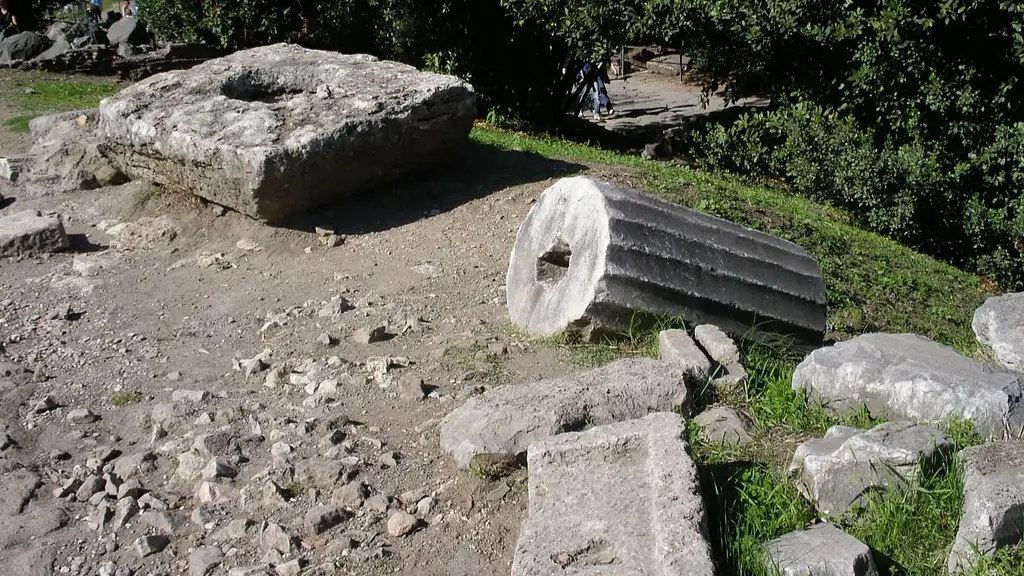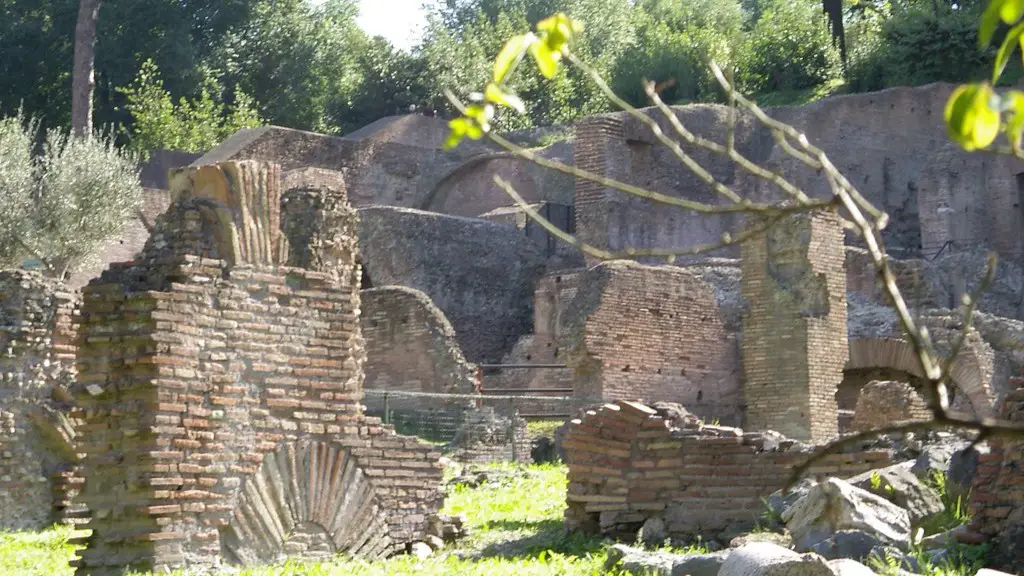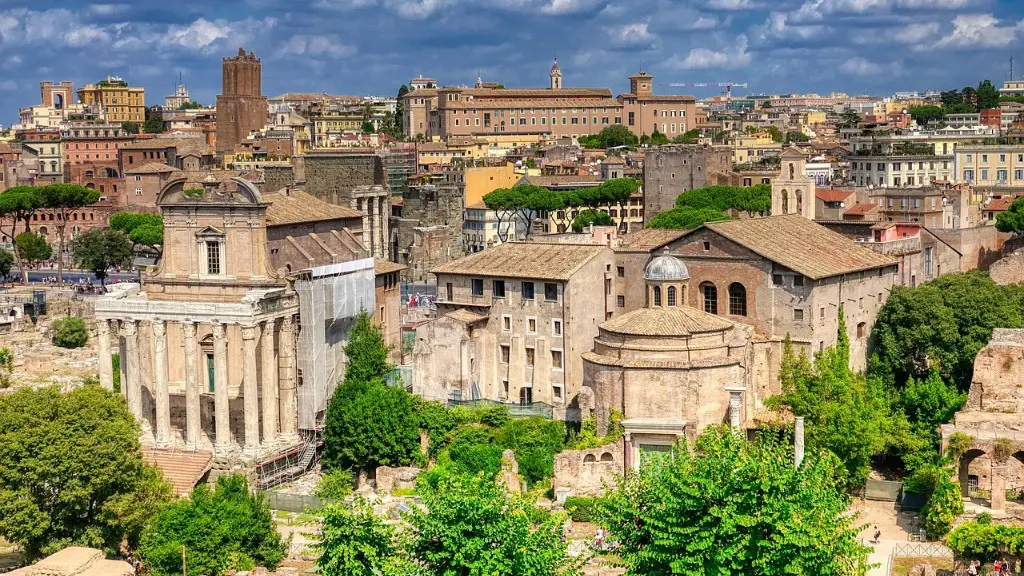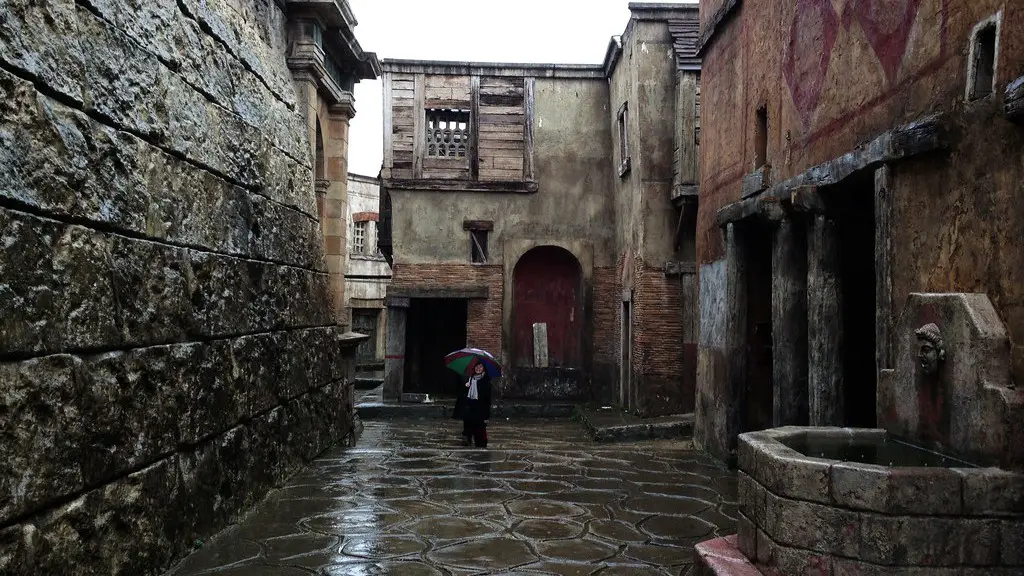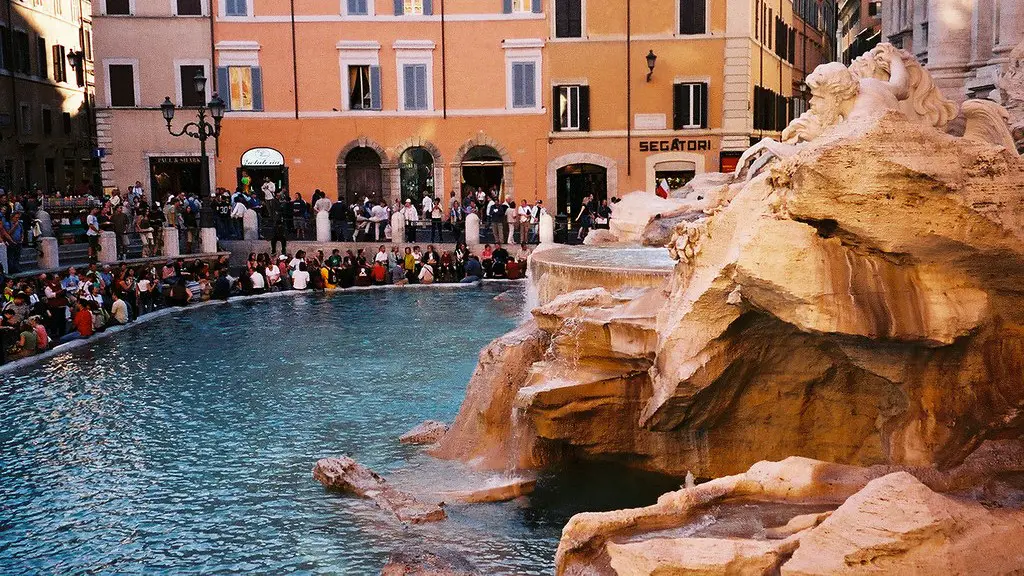Diocletian, who lived between 246 – 316 A.D., was a Roman Emperor who presided over the late Roman Empire and its transition into the Late Antiquity period. He is remembered for having comprehensively improved the Empire’s currency system and for attempting to impose a tax code upon its citizens. He also enacted the first Edict of Maximum Prices, attempting to limit inflation both in the currency and the lives of its subjects. As a powerful leader, Diocletian has left a lasting legacy.
According to historians, Diocletian was born in 244 A.D. in the Roman province of Dalmatia, the modern-day Croatia. Historians have suggested that his father, a born slave, had an unknown ethnicity. Diocletian rose through the Roman ranks, commanding legions in the eastern territories. By 284, he had enough political momentum to overthrow the Emperor, Numerian.
Upon becoming the Emperor of Rome at age 40, Diocletian issued several edicts and reforms. These included what was perhaps his most impactful edict, The Edict of Maximum Prices. This was the world’s first attempt at price-fixing, attempting to limit spending and discourage people from hoarding goods for personal gain. Historians have suggested that Diocletian acted upon the suggestion of advisors, including Mannean and the senators of Rome.
In an effort to restore Roman Honor, Diocletian pursued a number of military campaigns against Rome’s enemies, including the Sarmatians, the Sassanids and the Alamanni. He also embarked on a number of internal reforms, which included restructuring the Roman bureaucracy, reforming taxation, and issuing new coins. These coins were created in an attempt to restore trust in the Roman currency, which had been severely eroded due to consistent hyperinflation.
Diocletian is also known for his impressive engineering feats, including refurbishing the ancient city of Byzantium and christening it as Constantinople. The city became the capital of the Eastern Roman Empire, and was eventually renamed as Istanbul in the mid 20th century. He also constructed an incredible palace in the imperial Roman Province of Dalmatia, which became one of the most impressive Roman artifacts that still exists today.
At the age of 60, Diocletian decided to give up the throne and abdicate his position as the Emperor of Rome. His decision, which many historians have cited as a pioneering move in Roman history, was the result of his growing mistrust of the senate and his belief that the empire had grown too large to rule effectively. After abdicating, he told his successor, Maximian, to rule with honor and grace, and eventually withdrew to Dalmatia to spend the rest of his days in peace.
Diocletian’s Impact On Religion
An important aspect of Diocletian’s rule was his implementation of reforms to Roman religion. His desire to restore the honor of the empire caused him to pursue an intolerance against Christianity, which he believed was degenerative to Roman culture. He launched the Great Persecution of 303 AD, in which thousands of Christians were killed, put in prison, and forced to renounce their faith.
In the words of historian Rene T. A. Lysloff, “Diocletian’s goal was to reinstate the system of imperial gods in which he himself placed special emphasis on the cult of Sol Invictus (“Unconquered Sun”), a cult he believed could unify his empire.” The persecution of Christians was short-lived in comparison to the Pagan domination of the time and was ended soon after Diocletian’s abdication.
After his abdication, Diocletian deeply regretted his decision to persecute the Christians and was reported to have asked the gods to forgive him. On his deathbed, he asked to be buried near Christians and had a statue erected in their favor. He was buried in 315, in a resting place he called the “Golden House of Salona”.
Modern Interpretation of Diocletian
Today, Diocletian is remembered as a complex and unique figure in Roman history. Historians have suggested that, in spite of his ambitions to strengthen the Roman Empire, most of his reforms failed and in every sense, his rule marked the beginning of Rome’s decline. This has earned him a reputation as both a savior and an oppressor.
Despite his brutal policies, most historians today have a more nuanced view of Diocletian and his reign. They acknowledge his genius for perception and his willingness to participate in leading military campaigns. Chief among his accomplishments was his ability to decentralize Rome’s bureaucracy, saving it from an imminent crash. They also note his keen vision while treating political opponents with kindness and generosity.
Diocletian was not perfect, yet his unique and complex character has left an indelible mark on history. His impact can be seen in many of the places he influenced during his rule, such as Istanbul and Dalmatia. Diocletian was also a strong ruler who left a lasting legacy which can still be traced in the modern world.
Diocletian’s Ablation of Private Property
Diocletian’s ablation of private property is one of the most controversial aspects of his reign. In 305 AD, Diocletian issued the Edict of Maximum Prices on goods, which aimed to limit inflation. In doing so, Diocletian immediately began to confiscate land, farms, and property that were owned by private citizens, businesses, and even the elite of the Roman Empire. This proved controversial, as it took away citizens’ rights to own their own property and limited their freedom.
The confiscation of private property helped further instill Diocletian with power, as he used it to pay for his military campaigns. This allowed him to strengthen the Roman Empire and add to its territorial expansion, but it also caused a great deal of distress among many citizens who were forced to part with the things they owned.
This policy, along with his attempts at price-fixing, has been an enduring source of debate for historians of all stripes. Some suggest that it was a thoughtful and economically effective manner in which to control the Roman economy in an effort to reduce inflation, while others argue that it was a display of absolutism and intended as a way for Diocletian to tyrannically oppress Roman citizens.
Summary of Diocletian’s Legacy
Diocletian has been an incredibly controversial figure in Roman history, with many differing interpretations of his reign. On one hand, he is credited with restoring ancient Rome’s currency system and reducing inflation. He also attempted to impose a tax code upon its citizens and enacted the first Edict of Maximum Prices to limit inflation. On the other hand, his persecution of Christians, his ablation of private property, and his attempts to centralize power have been seen as oppressive and tyrannical.
Despite his flaws, Diocletian is still remembered for his strong leadership and his accomplishments. His reforms to the Roman Empire helped usher its transition into the Late Antiquity period, and he left a lasting legacy through his engineering feats and his construction of the incredible palace in Dalmatia. His legacy lives on in the modern world, earning him a place in the pages of history.
